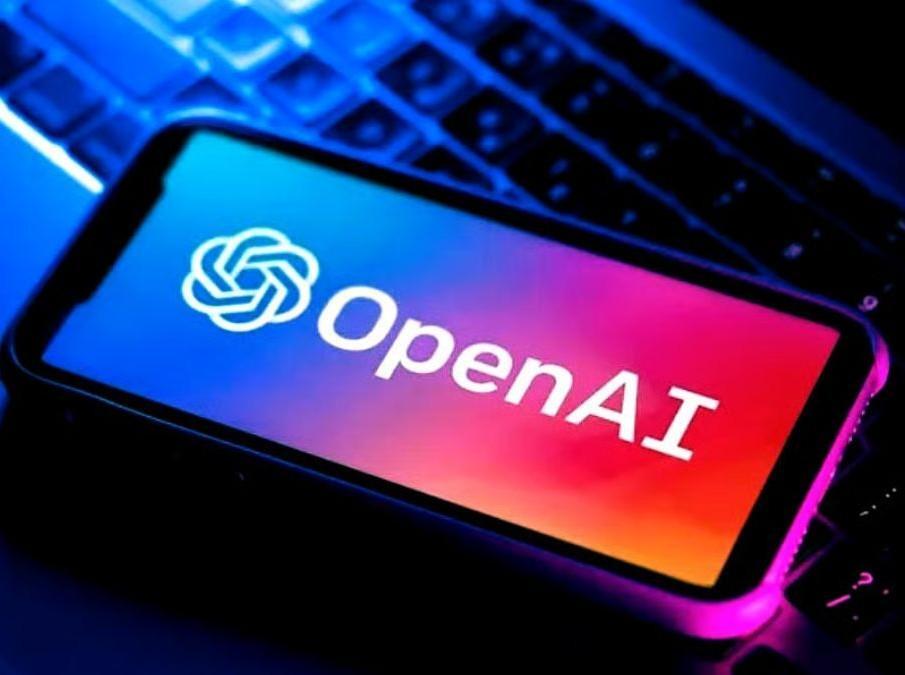
OpenAI Releases Downloadable AI Models for Public, Offline Use
In a groundbreaking move, OpenAI has released two AI models, gpt-oss-120b and gpt-oss-20b, for public use. For the first time since 2019, anyone can download and run the full model on their own computer, giving them complete control over the AI. This means that users no longer need to rely on internet access, expensive subscriptions, or even permission from OpenAI to utilize these AI models.
The release of these models is significant news, especially for developers, researchers, and individuals who want to explore the capabilities of AI without being tied to a specific platform or service. The ability to run AI models offline has numerous implications for various industries, from healthcare and finance to education and entertainment.
What are gpt-oss-120b and gpt-oss-20b?
The two released AI models, gpt-oss-120b and gpt-oss-20b, are part of OpenAI’s Generalized Pre-trained Transformer (GPT) family. GPT models are designed to generate human-like text based on the input provided. They are trained on massive datasets of text and can be fine-tuned for specific tasks, such as language translation, text summarization, and conversational AI.
gpt-oss-120b is a larger model that has been trained on a dataset of approximately 120 billion parameters, while gpt-oss-20b is a smaller model with approximately 20 billion parameters. The main difference between the two models is the size of the dataset used for training, which affects the model’s capabilities and accuracy.
Why is this release significant?
The release of these AI models is significant for several reasons:
- Control and ownership: By downloading and running the models offline, users have complete control over the AI, allowing them to modify, train, and fine-tune the models to suit their specific needs.
- Accessibility: The release of these models removes the need for expensive subscriptions or high-speed internet connections, making AI more accessible to individuals and organizations with limited resources.
- Decentralization: The ability to run AI models offline promotes decentralization, allowing users to operate independently of centralized platforms and services.
- Innovation: The release of these models encourages innovation and experimentation, as developers and researchers can now explore the capabilities of AI without being limited by platform restrictions.
- Research and development: The release of these models will accelerate research and development in various fields, including natural language processing, computer vision, and machine learning.
How can you use these AI models?
The possibilities for using these AI models are vast and varied. Here are a few examples of how you can utilize them:
- Conversational AI: Use the models to create chatbots, virtual assistants, or other conversational AI applications.
- Language translation: Fine-tune the models for language translation tasks, such as translating text from one language to another.
- Text summarization: Use the models to summarize long pieces of text, such as articles or documents.
- Content generation: Use the models to generate content, such as blog posts, articles, or social media posts.
- Research and development: Use the models as a starting point for research and development in various fields, such as natural language processing, computer vision, and machine learning.
Conclusion
The release of gpt-oss-120b and gpt-oss-20b by OpenAI is a significant development in the field of AI. It allows individuals and organizations to download and run AI models offline, giving them complete control and ownership over the AI. This move promotes decentralization, innovation, and research, and has the potential to accelerate the development of AI applications across various industries.
As OpenAI continues to push the boundaries of AI research and development, it is exciting to think about the possibilities that this release will unlock. Whether you’re a developer, researcher, or simply someone interested in AI, the release of these models is an opportunity to explore the capabilities of AI and shape the future of this rapidly evolving field.
Source:






